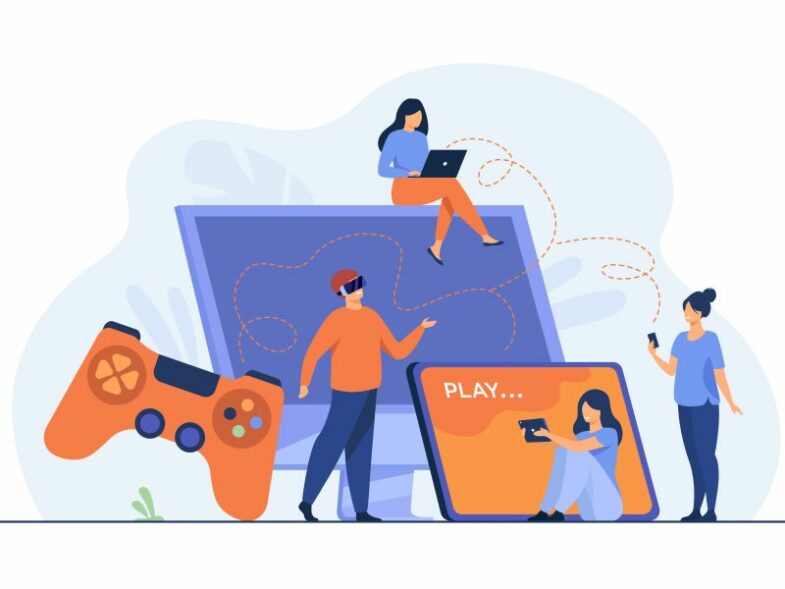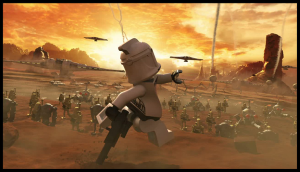
Mockups are such essential components of video game marketing when it comes to potential customers, colleagues, and investors by producing the most vivid demonstration of the game as possible. Serving as a bridge between the developer’s vision and the audience’s imagination, mockups have a unique ability to drive people crazy about a game and generate pre-release buzz. At the same time, there are ethical considerations to keep in mind. In this article, we will break down what makes mockups so powerful and the many purposes they serve.
What Are Mockups in Video Game Marketing?
These are visual assets carefully crafted to provide a taste of a game’s core design, aesthetics, and features during the development process. These are designed to communicate a game’s vision to a variety of audiences:
- players
- investors
- stakeholders
- other team members
Unlike actual main in-game footage, mockups are often staged or created using external design tools, allowing developers to present an idealized version of the game before it is fully functional. By focusing on the game’s key selling points – art, mechanics, and the backstory – they can drive anticipation and help establish the game’s identity in the marketplace.
Designers can also obtain free mockups of characters, graphics, and landscapes online in PSD format, which allow modifying large numbers of images quickly, rather than having to produce all the images to experiment with from scratch.
Variety of uses for mockups
One of the best things about mockups is how flexible and adjustable they are. They are not usually created based on the game engine. Instead, they are designed to explore creative ideas without the constraints of technical limitations. Mockups frequently depict a game scene or a feature that has not yet been developed.
Mockups come in different forms, depending on what the purpose of the mockup is:
- Gameplay: the most common type, designed to provide the gist of what playing the game is like. These could include exploring levels, solving riddles, and fighting bad guys.
- User interface: such mockups focus on how things work in the game, like menus, inventories, maps, or heads-up displays. These help players visualize how they’d interact with the game world, letting them test out the basic usability and flow.
- Promotional renders: used in trailers and advertisements to dazzle people with the story of the game, its characters, and world-building. These are quite polished and full of spectacular visuals to hook people.
Pitching the game
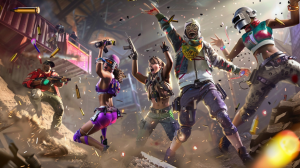
Mockups are crucial for getting funding. Indie developers in particular rely heavily on mockups for crowdfunding on platforms like Kickstarter, where appearances decide whether or not a game will come to life. Being able to absolutely blow people’s mind is key. Thus, displaying boss battles or majestic backgrounds gives a game a chance to go viral and get online groups talking.
Feedback
Another important benefit of mockups is that they provide the basis to gauge and refine audience feedback early in the process. Mockups give fans the opportunity to engage with the project and provide behavioral data. It’s also handy to let them offer their thoughts via comments and polls. This is invaluable for developers. Most companies start with an MVP to help acquire a direction for the product. A common practice is using a large-scale beta testing community.
Meanwhile, larger studios use mockups to gain a competitive edge. The video game marketplace is quite crowded and all kinds of games are trying to gain attention. What mockups help provide is a sense of exclusivity and hype greater than the competitors are whipping up.
Team collaboration
It is important for team members to be on the same page as they are developing a product. This includes artists, designers, programmers, and producers. Mockups help align all of their visions. Having a concrete representation of the game’s look and feel helps keep the goal crystal clear.
Concept validation
After achieving a model that everyone is focused on, this provides the basis to check out different gameplay mechanics, visual styles, and interfaces to see which ones function and will dazzle players the most before the team engages in full-scale production. This is a faster and more cost-effective iteration process that allows teams to refine concepts.
Development documentation
Characters need to have consistent character, environments, and UI elements and this constitutes a clear reference guide for the assets that need to be created. This adds consistency, which is important for larger development teams where different members might be working on different parts of the game at once.
There is also a need to experiment with complex player interactions and game mechanics sometimes. A developer might need to create a mockup of a combat system or puzzle mechanics to visualize how different systems will work together. This helps identify potential design problems early on.
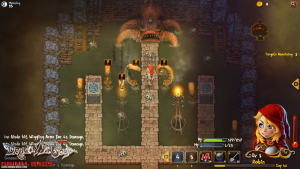
Ethical Concerns and Challenges
Many a game has been surrounded by controversy precisely due to the intensive development of flattering mockups. This is because oftentimes people are misled by them and the visuals and gameplay elements do not end up making it into the final product. Famous games like those have been No Man’s Sky and Aliens: Colonial Marines. Thus, developers must temper their desire for hype and remain transparent. Professionals have reputations to uphold and they don’t want to damage people’s trust. There are online communities nowadays and word spreads fast when people aren’t happy.
In extreme cases, when consumer trust is egregiously violated, this can result in legal action or regulatory scrutiny. To mitigate this, it’s very important to make clear disclaimers that the mockups represent early-stage content or conceptual designs only.
Evolution of mockups
Video game mockups have changed substantially over the years, driven by advancements in technology and shifting industry practices. What began with mere concept art and hand-drawn visuals using sophisticated 3D rendering and AI-generated imagery has now grown into much more immersive marketing materials. One of the biggest developments generating the most buzz has been the leap from static images to interactive mockups. Now, playable demos or sections of a game presented as interactive mockups allow players to experience a game’s mechanics, controls, and environments before official release.
Another big development has been the increasing use of real-time rendering in mockups. With the growth of game engines like Unreal Engine 5 and Unity that create photorealistic graphics in real-time, developers can now create mockups that more closely resemble the final product on the fly. This gives marketers more freedom to experiment with different looks and feels.
Virtual reality and augmented reality are another exciting trend. AR can overlay individual elements into the real world while VR can allow people to walk around in the game environment. NFTs are also provided as limited-edition digital items that can sweeten the deal when people complete particular desirable actions. These also serve as wonderful marketing tools in their own right.
